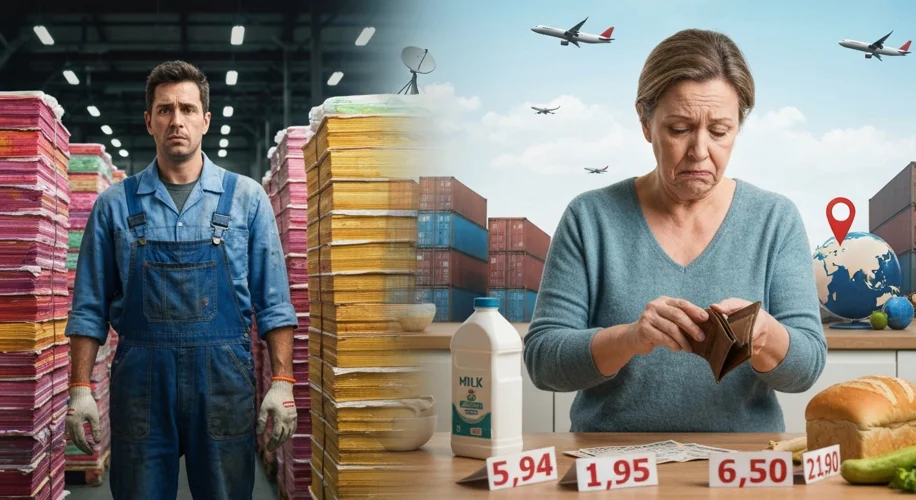When governments impose tariffs, it’s often framed as a way to protect domestic industries or address trade imbalances. We saw a lot of this during the Trump administration, with significant tariffs placed on goods from countries like China and the European Union. But as someone who’s spent decades in the business world, I’ve learned that the economic impacts of such policies are rarely simple. They create ripples that affect us all, often in ways we don’t immediately see.
Think of tariffs as a tax on imported goods. When the U.S. puts a tariff on steel from another country, that steel becomes more expensive for American companies that use it to build cars, appliances, or infrastructure. To maintain their profit margins, these companies might raise their prices. This means we, as consumers, end up paying more for those finished products. It’s a direct hit to our wallets, even if we don’t buy imported steel ourselves.
This isn’t just theoretical. Studies after these tariff implementations showed that U.S. businesses relying on imported materials faced higher costs. For example, the automotive industry, which uses a lot of steel and aluminum, saw increased production expenses. This could lead to fewer cars being made, higher car prices, or even job cuts if companies struggle to absorb the extra costs or pass them on.
On the international front, tariffs can escalate into trade wars. When one country imposes tariffs, other countries often retaliate with their own tariffs on the first country’s exports. This creates a cycle of protectionism that can stifle global trade. Businesses that rely on exporting their goods suddenly face higher barriers to entry in foreign markets. This can hurt sectors like agriculture, where American farmers have historically relied on exports to sell their crops.
Beyond the direct costs, there’s also the impact on international relations. Trade disputes can strain diplomatic ties, making cooperation on other global issues more difficult. It can also disrupt global supply chains, which have become incredibly complex and interconnected over the decades. For example, a company might assemble a product using parts from multiple countries. A tariff on just one of those components can delay production or force a costly redesign of the supply chain.
It’s easy to focus on the stated goals of tariffs – protecting jobs or industries. However, it’s crucial to consider the broader economic picture. The increased costs for businesses, the higher prices for consumers, the potential for retaliatory tariffs, and the strain on international relationships are all significant consequences. From my perspective, understanding these multifaceted impacts is key to having a more informed discussion about trade policy and its true economic cost.

